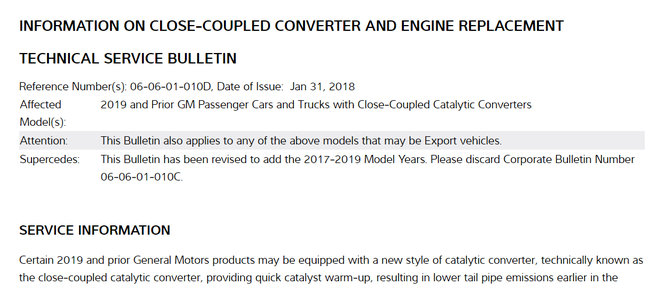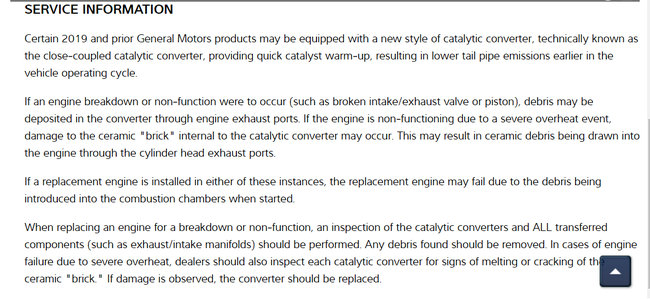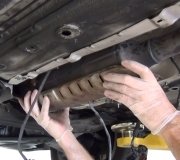Friday, September 13th, 2019 AT 6:12 AM
My engine that dealership rebuilt at 100,000 miles with spun rod bearing. It spun another 32,000 miles later and wouldn't do anything about it. I found a replacement with 12,000 original miles and it wouldn't run right. We figured out the converters were plugged. Dealership replaced bank 1 converter and sent it home. While driving trying to set the monitors it threw another 420 and 430 code took it back they changed bank 2 converter. After driving it more monitors set but threw another set of converter codes. Then they changed 3rd cat in front of where the resonator is located and did a crankshaft relearn. On the way to get it inspected it lost power and began to knock again. It also threw 12 more codes mostly dealing with both exhaust cams over advanced. But no check engine light. At idle there is no knocking starts at about 1500 rpm's. The list of codes are in the car at dealership. Question is, could there poor troubleshooting caused the failures?




